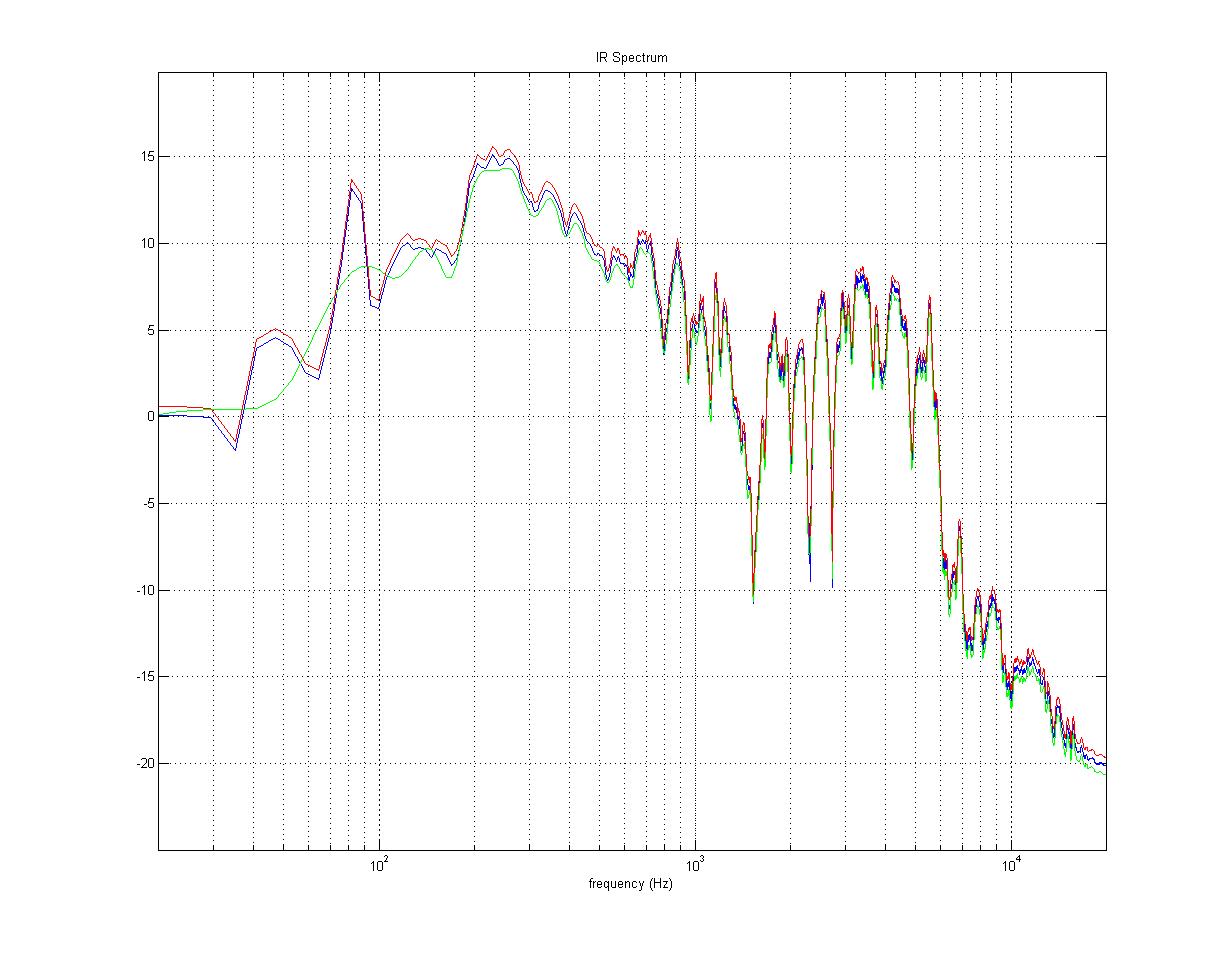jeppekristoffer
Power User
The problem with conventional IRs is that they are too short to capture the detail in the low frequencies. There are those that maintain 20 ms is the maximum length you need to fully replicate the speaker. This would be about 1000 samples at 48 kHz.
I disagree with this as I have many IRs here that exhibit significant energy beyond 20 ms. I believe the room has some influence as the low-frequency modes of the room will impact the resulting sound. The amount of this impact depends on the room, the mics, distance, etc., etc. Or perhaps certain speakers have particularly high Qs in the low frequencies. Regardless, it is my opinion that you need IRs much longer than 20 ms to fully capture the "mic'd amp in the studio" sound.
My tests show that IRs of 8000 samples are required to fully capture the low-frequency detail. Unfortunately to process an 8K IR in real-time require copious processing power...
Fortunately I have developed "UltraRes (TM)" cabinet modeling. UltraRes cabinet modeling provides the frequency detail of a very long IR with little or no added processing power requirements.
The following image depicts the response of UltraRes cabinet IR processing:
The blue trace is the frequency response of the original (long) IR. It is a Vox AC-30 cab.
The green trace is the frequency response of the same IR truncated to 1K samples. This is "normal resolution" in the Axe-Fx and 2-4 times longer than what other products use.
The red trace is the frequency response using UltraRes processing.
I’ve shifted each trace by 0.5 dB to make comparison easier.

I freaking love this!


